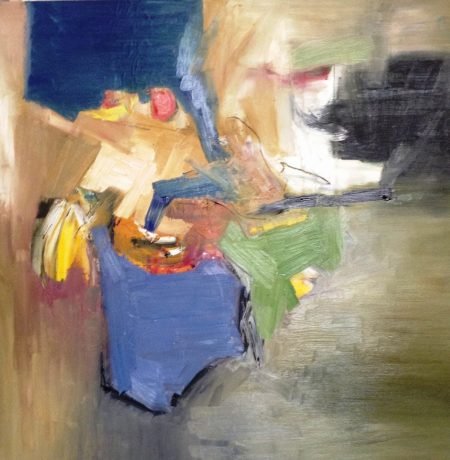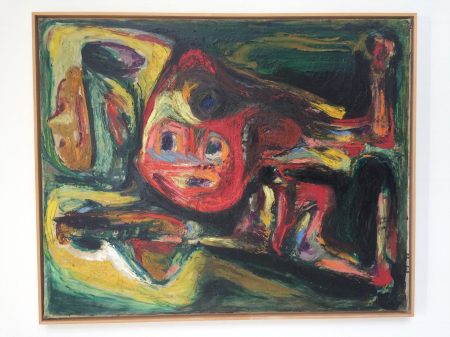Film
Behemoth (Zhao Liang) – by turns, brutally realist and astonishingly surreal; coal mining and steelmaking, riding and spitting up coal dust in hospital, poetry, empty cities with traffic lights changing in deserted streets.
The Revenant – brutal fighting, bear attacks, staggering scenery shots, fantasy scenes. I was interested to see how it resonated with “Jeremiah Johnson”, 70s vehicle for Robert Redford.
Julieta (Pedro Almodovar) – One of those infuriating stories where people do unreasonable, devastating things (walking out on loved ones) with no explanation – and demand that their actions be accepted, no questions.
High Rise (Ben Whateley) – Whateley successfully re-creates a 70s film; that is, he has made a 70s film; the colour, the sex, the violence. I must have missed that particular party..
I, Daniel Blake (Ken Loach) – standard Loach; righteous anger, nightmare (but real) situations, unthinking cruelty, pretension, mindlessness, destitution, prostitution, murder by stress; but I still think it’s optimistic. It presents a rose-tinted view of working-class people. They are all so nice; maybe they really are in Newcastle. One for the metropolitan elite to weep over (see Peter Bradshaw’s Guardian review).
Revolution – New Art for a New World (Margy Kinmonth) – Not really in competition as it’s a documentary about avant-garde – and more traditional – artists, before, during and after the Russian Revolution. Some amazing art, heartbreaking stories.
DVDs
Ken Russell drama docs – he pretty much invented it – from 60s. The best are “Song of Summer” (Delius), “Always on Sunday” (Douanier Rousseau) and “Dante’s Inferno” (Rossetti, played by Oliver Reed).
Embrace of the Serpent (Ciro Guerra) – Terrific; South American rain forest, German explorers, shamen, mind bending drugs, mad missionaries.
The Sun (Sokurov) – Hirohito in the “bunker”. Brilliant.
Metropolis (Fritz Lang) – finally watched the whole of this; there are absurdities but it’s amazingly influential.
TV
Thrillers, serial killers and kidnappers – and the Napoleonic Wars.
War and Peace. I loved it, especially Jessie Buckley, surely a descendant of Giotto’s favourite model.
The Disappearance (French series, set in Lyon)
The Missing (British, but set in Germany. David Morrissey again, and the ridiculously relentless and riveting French detective Baptiste).
Rillington Place. Claustrophobic, shabby, creepy – those stains on the bed – Tim Roth doing Attenborough doing Christie, like Branagh does Olivier doing Archie Rice.
In Plain Sight – a restrained but terrifying account of Peter Manuel’s crimes in 50s Scotland. He invaded homes and murdered whole families for fun, while at least one senior detective knew full well he was the culprit – but was unable to convince others.
Theatre
First two at the Wyndham, third at the Garrick.
Hangmen, Martin McDonagh.
Featuring David Morrissey, a strange, well-acted, but rather pointless play about Britain’s second-best hangman (after Pierrepoint) lording it in his northern pub, which is visited by a sinister character who seems to have wandered in from a Joe Orton play. Was there a miscarriage of justice?
People, Places and Things
Starring Denise Gough, storming through the role. Shouty, sweary, loads of special effects, dancing, rock music, multiple heroines on stage, that trap door bed that I last saw in “Ghost Story”, drug taking, mobile phones…
The Entertainer, John Osborne, Wyndham
My favourite. Kenneth Branagh doing Olivier’s masterpiece justice, dancing comfortably and delivering Osborne’s (and Kipling’s) words beautifully. “…when you’ve finished killing Kruger with your mouth…” Osborne seems to have been obsessed with Bass beer.
Lazarus, David Bowie, Kings Cross Theatre
Michael C. Hall (Dexter) as Thomas Newman, the Man who fell to Earth, years on from the film, living as a rich recluse, pining for Marilou… It’s a jukebox musical, packing in lots of Bowie classics; the women sing impressively in those steely, LesMis tones, the men manage to sound Bowie-like. The story is incomprehensible tosh – there’s a killing – maybe.. or maybe it’s all in Newman’s head; but the effects are great. Amy Lennox writhing sexily against a large screen (all the characters resort to this screen periodically, which is good as it’s hard to see what they are up to on the floor and the bed; the seats are not sufficiently banked up to give a good view); a black “cloud” spreading rapidly like a visual fart behind Valentine, as he sings; a girl in white running in slow motion on screen towards the stage… Good bands and backing singers too.
Museums
CoBrA Museum, Amsterdam
Fabulous – Karel Appel, Asger Jorn, and the other cobras; not to be missed, especially Appel’s “Magic Flute” stage furniture.
Rijksmuseum, Amsterdam
Rembrandt, Vermeer; they are there all the time – but the Breitner exhibition got my attention. Also Appel and DK.
Stedtlijk Museum, Amsterdam
De Kooning, Appel
Astrup Fearnley Museum, Oslo
Polke, Kiefer,
Guggenheim, Bilbao
Louise Bourgeois exhibition and Paris, 1900 – 45
August, Laredo
Blackpaint
30.12.16


















































